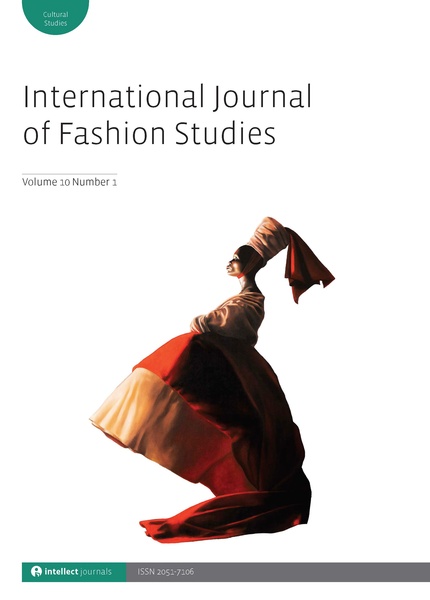
Full text loading...

Broad changes taking place in the fashion scene are argued to blur social class distinctions and render class emulation theses less relevant to explain the dynamics of clothing consumption. Critically engaging with this literature, and drawing from Bourdieu, Goffman, and recent feminist literature on the formation of classed femininities, this article explores the extent to which women’s narratives of good taste in clothing are structured by class processes. It utilizes in-depth interviews conducted with Turkish women, covered and not covered, on how they engage with the consumption domains in which bodies are shaped and adorned. The literature on self-fashioning in Turkey tends to focus on a quite over-emphasized and politicized dichotomy between pious and secular embodiment styles, ignoring the sociologically meaningful heterogeneity that exists within each. This article, however, demonstrates how class and cultural capital cross-cuts such distinctions and generates distinct understandings of age appropriateness, public-private sphere distinction, suitability of social context and body shape, and ‘naturalness’, shared across women who have different proximities to Islamic lifestyle. This article contributes to clothing consumption and fashion studies by showing the ways in which social class continues to generate embodied femininities with unequal symbolic values, despite the so-called ‘democratization’ trends in fashion, even in a context like Turkey where other significant religio-political divisions are in play.

Article metrics loading...

Full text loading...
References


Publication Date:
https://doi.org/10.1386/infs_00024_1 Published content will be available immediately after check-out or when it is released in case of a pre-order. Please make sure to be logged in to see all available purchase options.